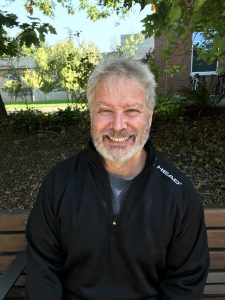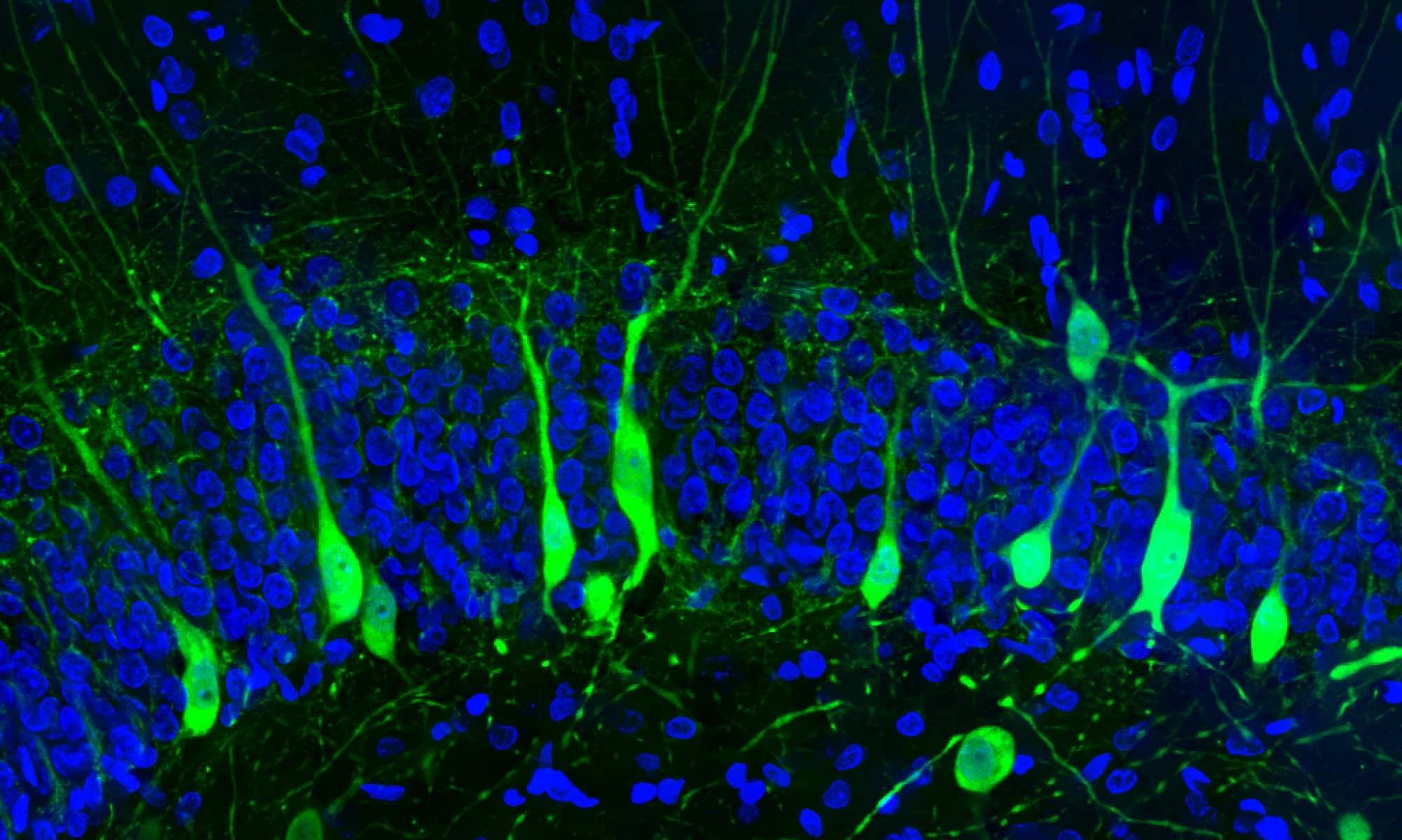 POSITION
POSITION
Professor
Division of Medical Sciences
CREDENTIALS
BSc (Calgary), MSc (Calgary), PhD (Otago)
PUBLICATIONS
Google Scholar Profile
Pubmed
OUR RESEARCH
My research investigates how developmental disorders, and other pathological conditions, affect the structure and function of the hippocampal formation, a part of the brain known to be involved in learning and memory processes. I am particularly interested in how the continual introduction of new neurons into the adult brain can promote enhanced learning and memory.
My work employs several animal models of developmental disorders, including Fetal Alcohol Syndrome, Fragile-X Syndrome and Rett Syndrome. We hypothesize that these disorders affect a common set of structural and functional features in the hippocampus, and that their effects are functionally similar to those observed in Alzheimer’s disease and the senescent brain.
In short, all of these disorders involve some degree of altered neurogenesis and synaptic function. I believe that carefully examining what is altered in the hippocampus by each disorder will contribute to a basic understanding of how learning and memory processes occur in the brain.
Many research programs are based around a single technical approach, and while this can have its advantages, in some cases it is somewhat self-limiting in terms of the types of research questions that can be tackled. The research questions of today and tomorrow, more often than not, will require an interdisciplinary approach to make any substantial headway.
Research techniques
In my laboratory, we use a number of sophisticated research techniques in a convergent fashion to assess hippocampal structure and function. For instance, we have recently used behavioural analysis, electrophysiology, and immunohistochemistry to show that prenatal exposure to ethanol can impact hippocampal function well into adulthood.
In addition we have also shown that exercise can largely ameliorate these hippocampal deficits. In these particular experiments we can show that reduced neurogenesis in the hippocampus recovers, that reduced synapse numbers can be restored, that reduced synaptic function can be restored, and most importantly, that behavioral functioning can be restored to normal levels.
In this particular case, we have also just recently become involved in a group of researchers that will try to determine if these same benefits can be seen in humans with FAS/E. This highlights how I like to direct my research to better understand and alleviate a particular problem in an animal model, hopefully in a manner that offers an easy transfer of knowledge to the human population.
Research approach
Clyde Hertzman, director of the Human Early Learning Partnership (HELP) is fond of using the term “from cell to society”, and this really describes the outlook I try to take in my research. I believe that by focusing on how a phenomenon (i.e. neurogenesis) can impact a behavior (i.e. learning) that we will be better able to understand both normal brain function, and how a variety of pathological conditions impact the capacity of the hippocampus.
Ultimately, it is my hope to utilize the knowledge we gain about processes such as neurogenesis to help instigate the brain to actually heal itself, and thereby ameliorate the behavioural deficits that are characteristic of a wide range of disorders that involve neurodegeneration. This may sound grandiose at first, but really we have to look no further than our own skin to see how effective self regenerative mechanisms can be when they respond appropriately.

Dear Dr. Brian Christie,
My name is Samuel Park and I am a Masters student in the Bioengineering programs at UC San Diego.
I want to start off by saying that I am very impressed with the results of your paper, ”Acute slice prep. for electrophysiology increase spine numbers… a DiI labeling study,” and am trying my best to reproduce your single neuron staining with DiI in Prof. Bogdan Bintu’s lab.
And although I am successfully staining neurons (which I can determine by visualizing axonal projections), I am encountering some issues as well (e.g. non-specific staining of ECM, diffusion of DiI after post staining fixation, inconsistent results between batches, etc.).
I was hoping that we could connect and be blessed by your wisdom and experience, in my scientific endeavors. I am specifically looking for tips and tricks to try and obtain more consistent results.
It would mean the world,
Samuel S. Park
UCSD Bioengineering MS Student – Bintu Lab
Google Scholars
Feel free to email me directly, I don’t usually look at the webpage for messages. Brain64@uvic.ca